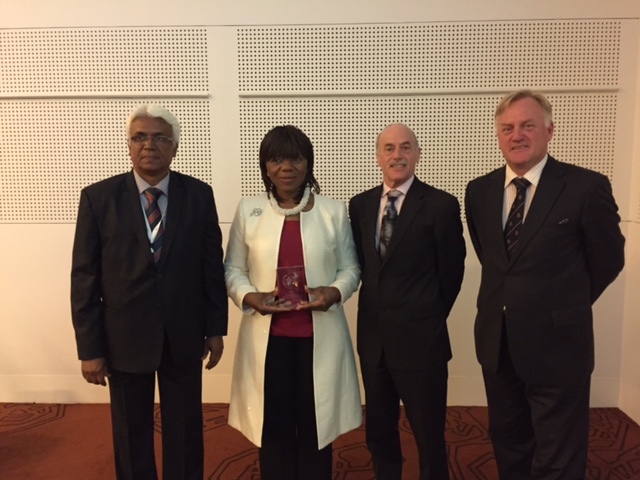Sustainability theory shows that the sustainability problem is a value orientation problem. In a recent study, Klaas van Egmond identified an underlying pattern of a crossed circle, representing affirmative and adversative value orientations, whose disintegration engenders unsustainable tendencies. This article explicates how Shakespeare's allegories invite to quests for ‘values worthy of pursuit’, grounded upon a similar immanent cyclical pattern of value orientations, moving from and to the centre of Shakespeare's works.
The 20th Commonwealth Law Conference took place in Melbourne in March 2017 with LexisNexis as the lead sponsor, and hosted by Commonwealth Lawyers Association (CLA) in association with the Law Institute of Victoria. The CLC brings together delegates from over 50 countries to meet and learn, as well as to recognise lawyers who champion the rule of law. Such exchanges between lawyers support SDG 16. 3 to promote the rule of law at the national and international levels.

